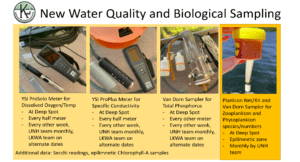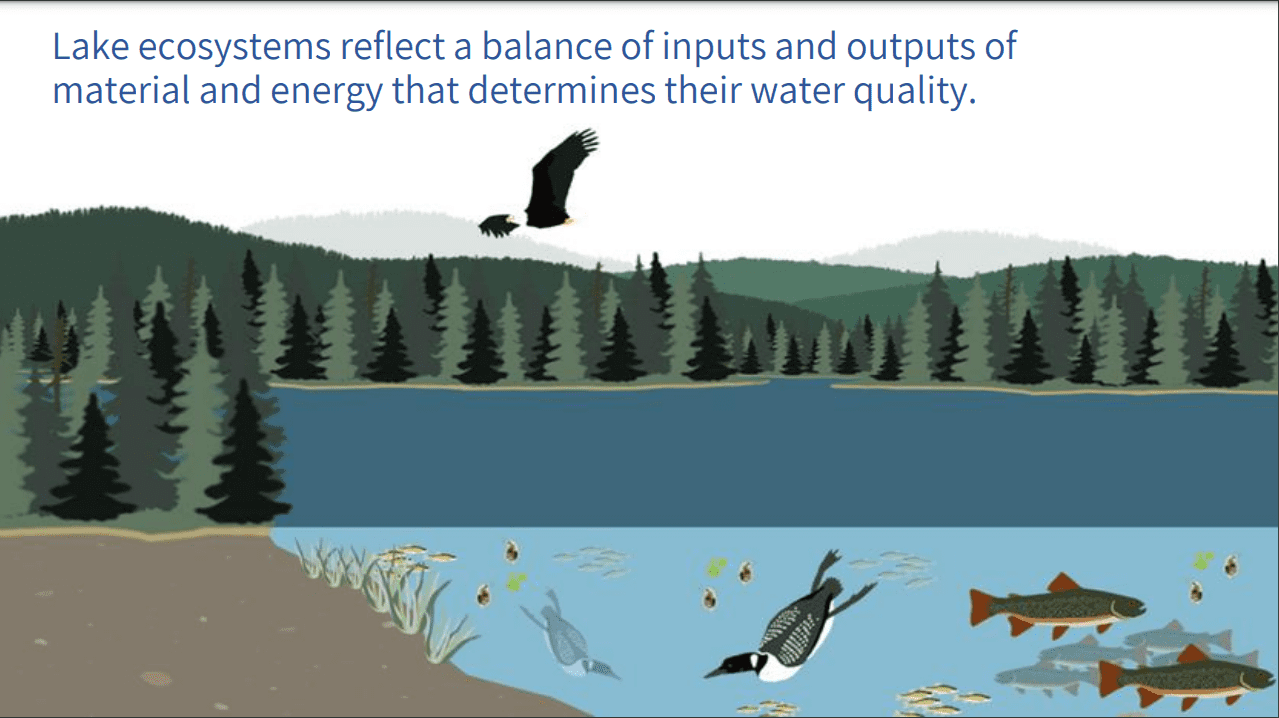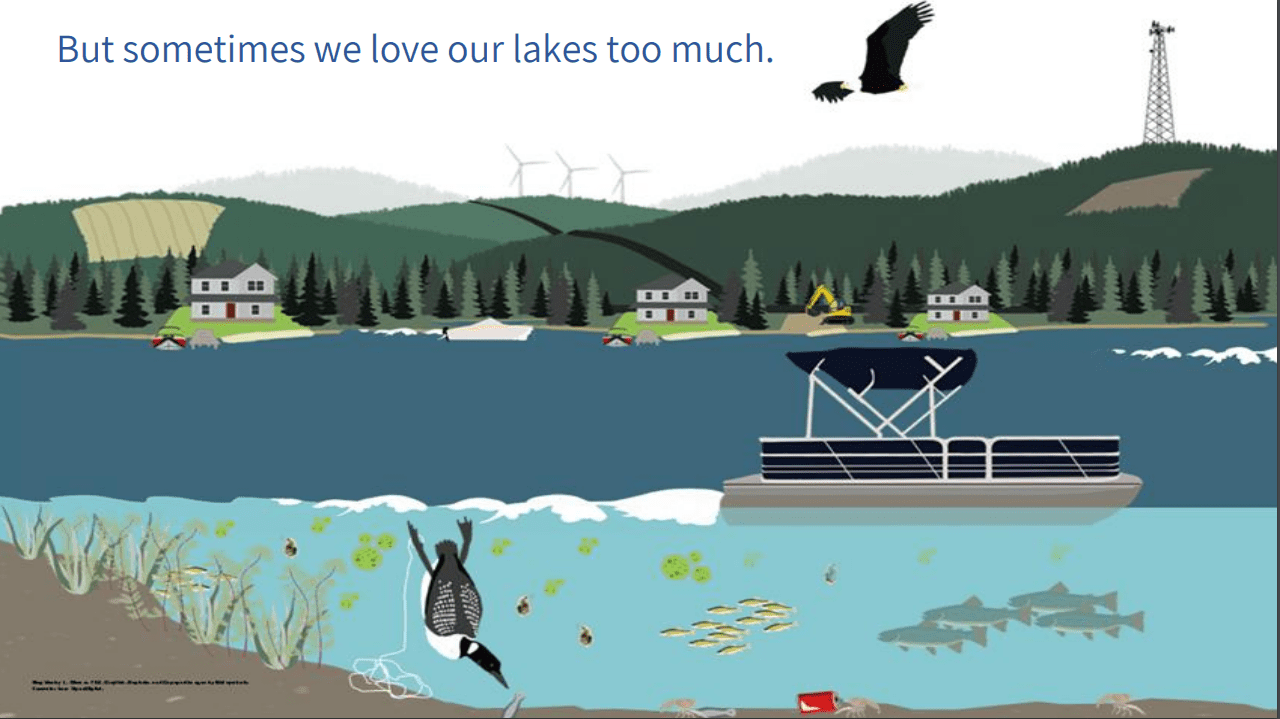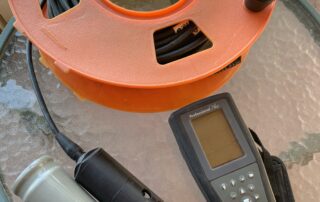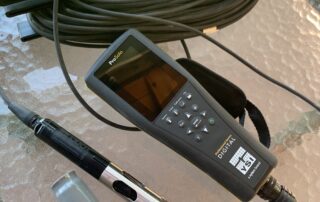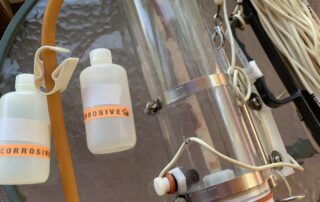Water Quality Monitoring
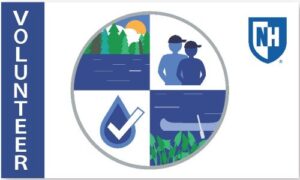
The Lake Kanasatka Association participates in the Lakes Lay Monitoring Program (LLMP) which is administered jointly through the UNH Cooperative Extension Natural Resources Program Team and the Center for Freshwater Biology at the University of New Hampshire (UNH). This volunteer-based, citizen science program provides valuable data on the lakes of New Hampshire. More than 1100 volunteers across the state have participated in this program since the beginning of the monitoring efforts in 1979.
LLMP Water Quality Monitoring Reports
Please note that these reports show a summary of information for the last 4 years. When the 2022 reports are available they will be added below. The LLMP Program discontinued creating full reports in 2018, which is why that is the only year where the highlight and full report are shown. To view the reports for waterbodies around the state, use the LLMP Mapper.
 Lake Kanasatka
Lake Kanasatka
2022 Highlight Report
2021 Highlight Report
2020 Highlight Report
2019 Highlight Report
2018 Highlights/ Full Report
Wakondah Pond
2022 Highlight Report
2021 Highlight Report
Water Quality Presentations
July 2022
July 2021
July 2019
July 2018
Photos courtesy of Laura Diemer, FBE
Thank you to UNH for loaning LKWA the water quality monitoring equipment in the photos below!
Anoxia and Alum Treatment
Anoxic conditions, or the lack of dissolved oxygen at depths in the lake, were discussed at June 4 Community Forum and in the Final Watershed Management Plan (WMP). Per the WMP, “a build-up of legacy phosphorus in bottom sediments can be released back into the water column under low oxygen conditions, typically experienced in late summer – a phenomenon known as internal phosphorus loading. The model showed that internal phosphorus loading to Lake Kanasatka is significant…” The release of the nutrient phosphorus in turn feeds cyanobacteria blooms. Also stated in the WMP, “It is likely the internal load will need to be addressed to fully restore the excellent water quality of Lake Kanasatka.” An in-lake treatment (alum) is the likely path we would pursue to address, or lock in, the phosphorus in the bottom sediments (WMP Section 2.1.4.). Work on these efforts is already under way. Your Water Quality Team started early and implemented new testing beginning in spring of 2022 at the Deep Site (WMP Section 6.4 Monitoring Plan). We conducted full profiles throughout the water column approximately every other week from May into early October. The following graph shows the extent of anoxia (dissolved oxygen under 2 mg/L). [...]
How Far Can You Throw A Football?
How Far Can You Throw A Football? by Lisa Hutchinson January 2023 Newsletter With football season winding down and the Super Bowl ahead, maybe you are wondering how this question relates to Lake Kanasatka? The key: how far is 150 feet? Keep reading to learn why this number is so important to lake health! We often share the NH boating rules for keeping 150’ from shore, docks, floats, swimmers, loons, paddlers, AND other boats when operating at greater than headway speed. 150 feet is considered the minimum distance from shore when creating a wake. Bigger and deeper-hulled boats require 300’ or more for lake health. Why 150’ or more? In addition to safety issues, boat wakes harm the shoreline and nearshore shallows and structures, and accelerating or operating over headway speed in shallower water disturbs the lake bottom. These disruptions release more phosphorus, which feeds our cyanobacteria blooms. So just how far is 150 feet? 1. 50 yards, or half the length of a football field 2. Distance from the dam and boat launch to the 150’ buoy in the lake 3. 5 times the standard dock length of 30’ 4. 2-3 times the distance of most floats from shore [...]
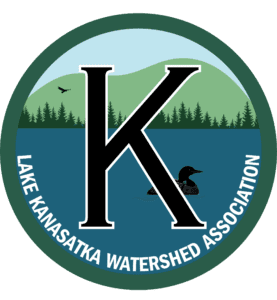
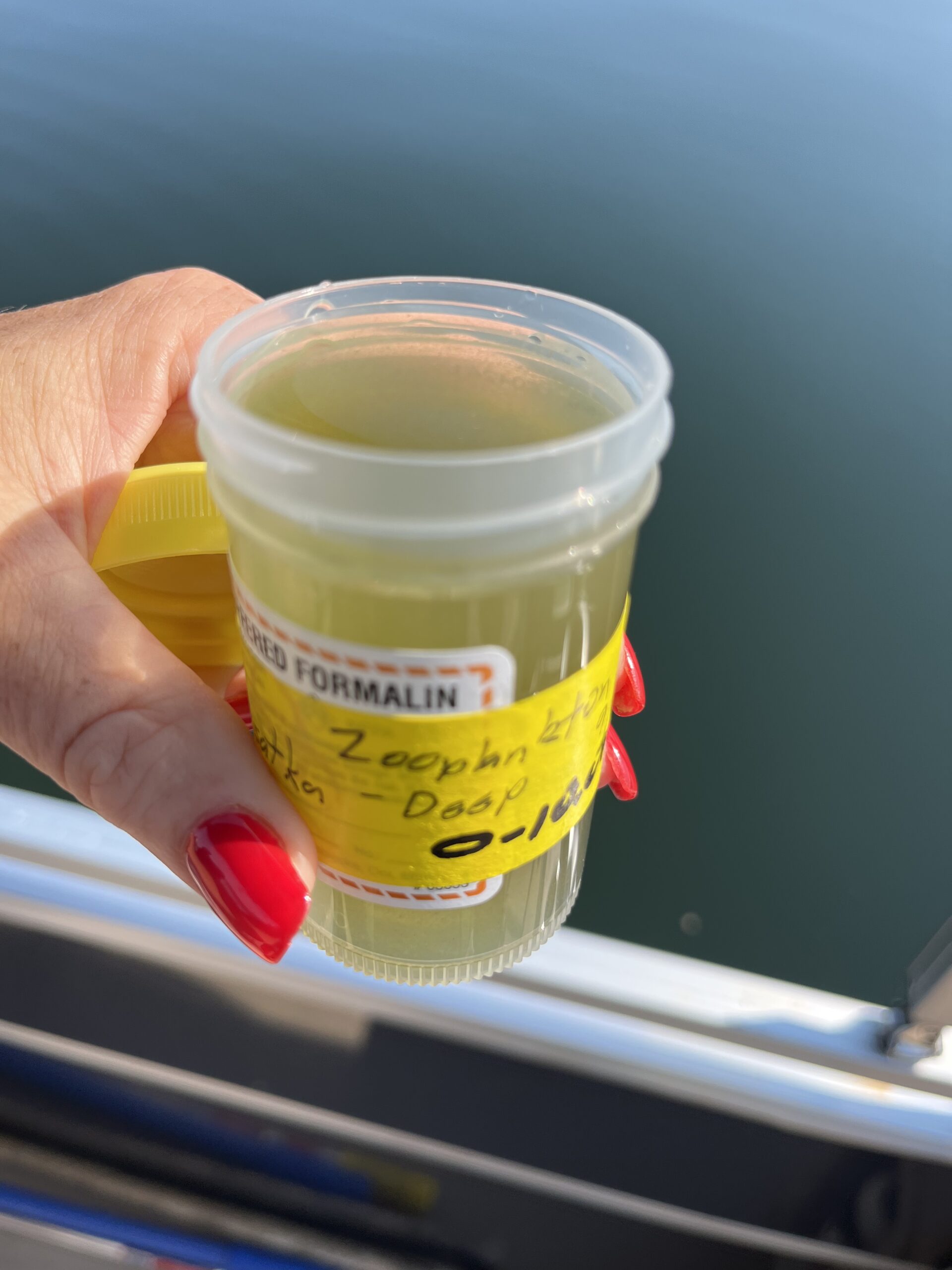
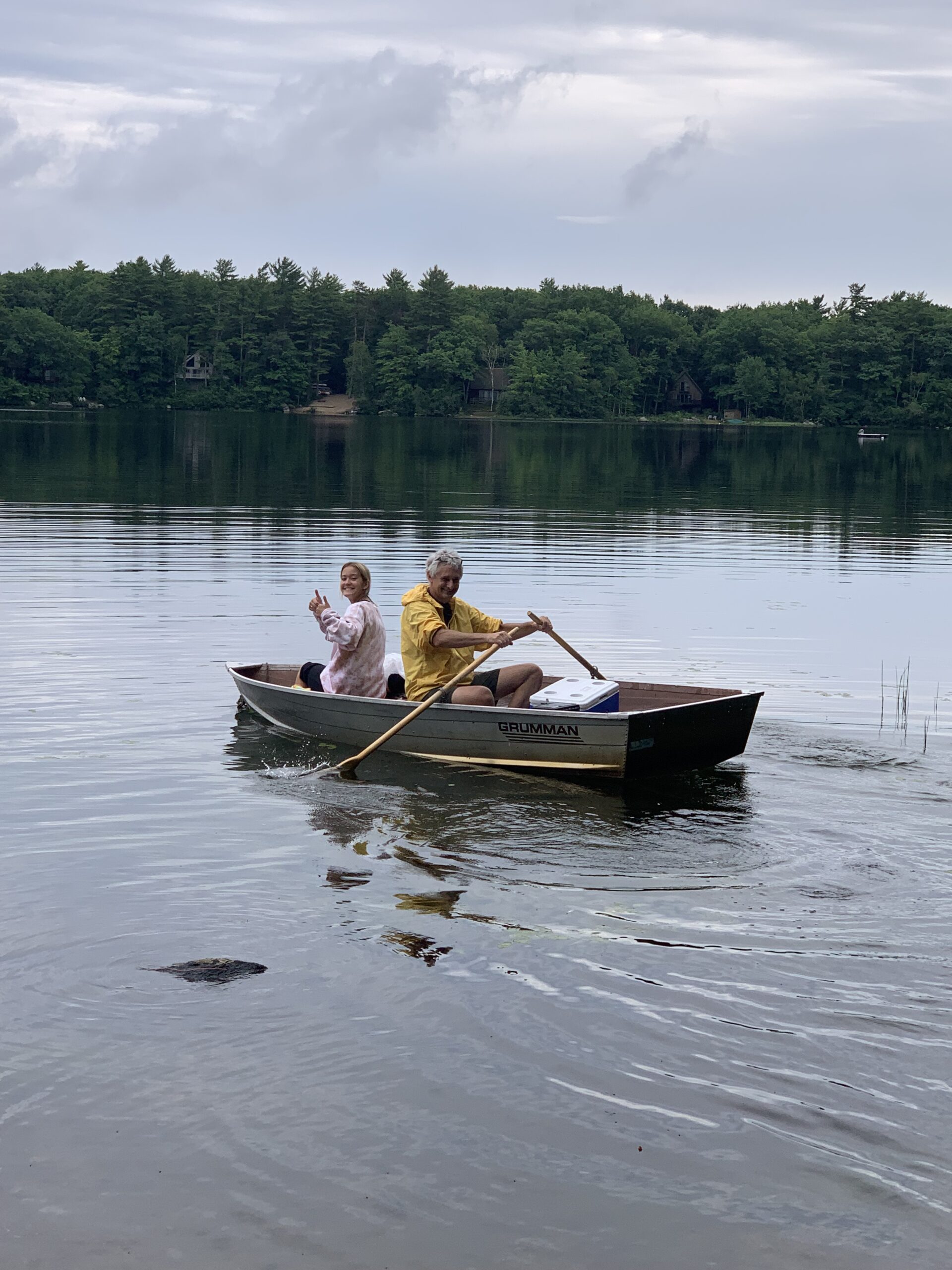

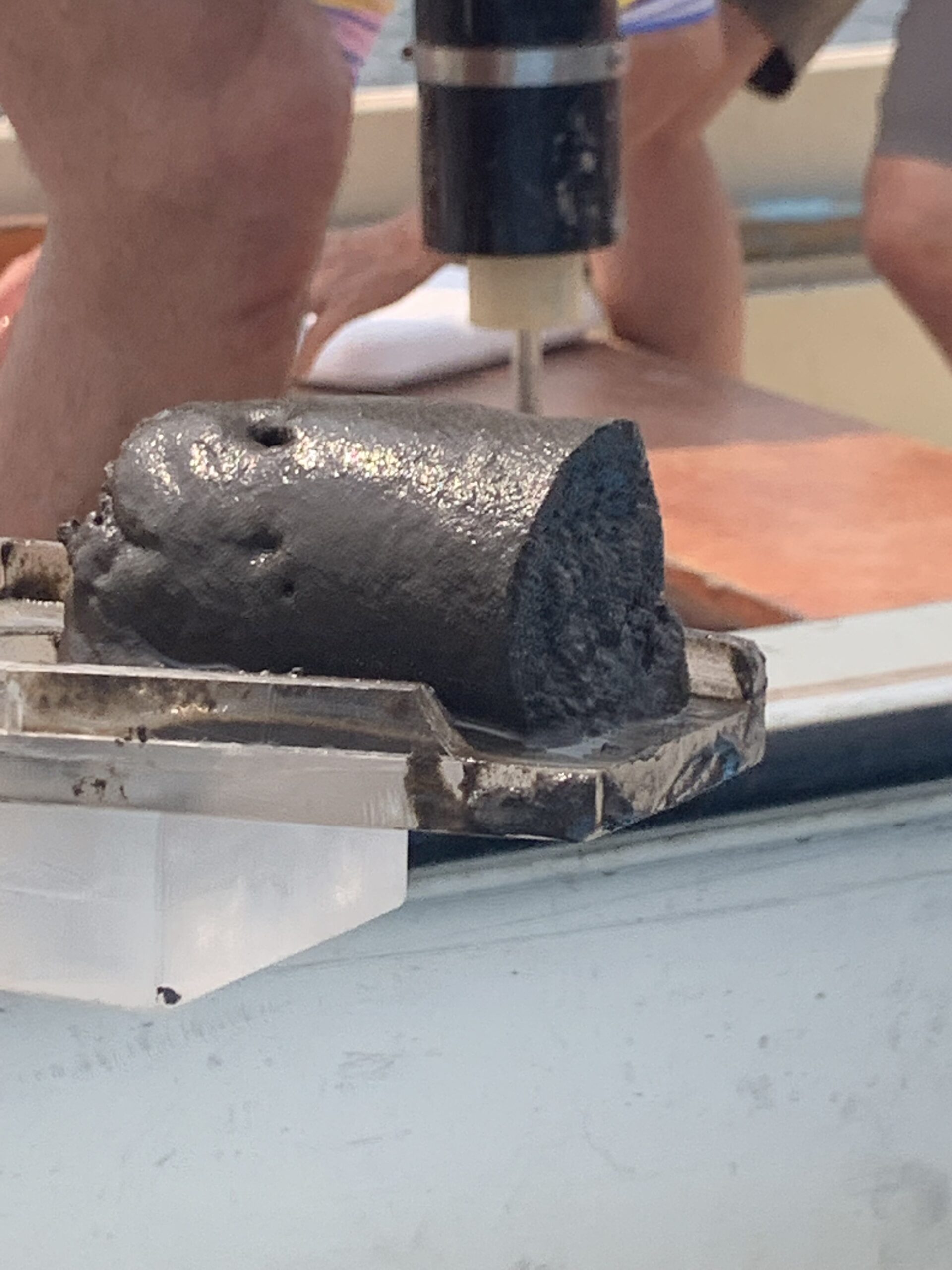
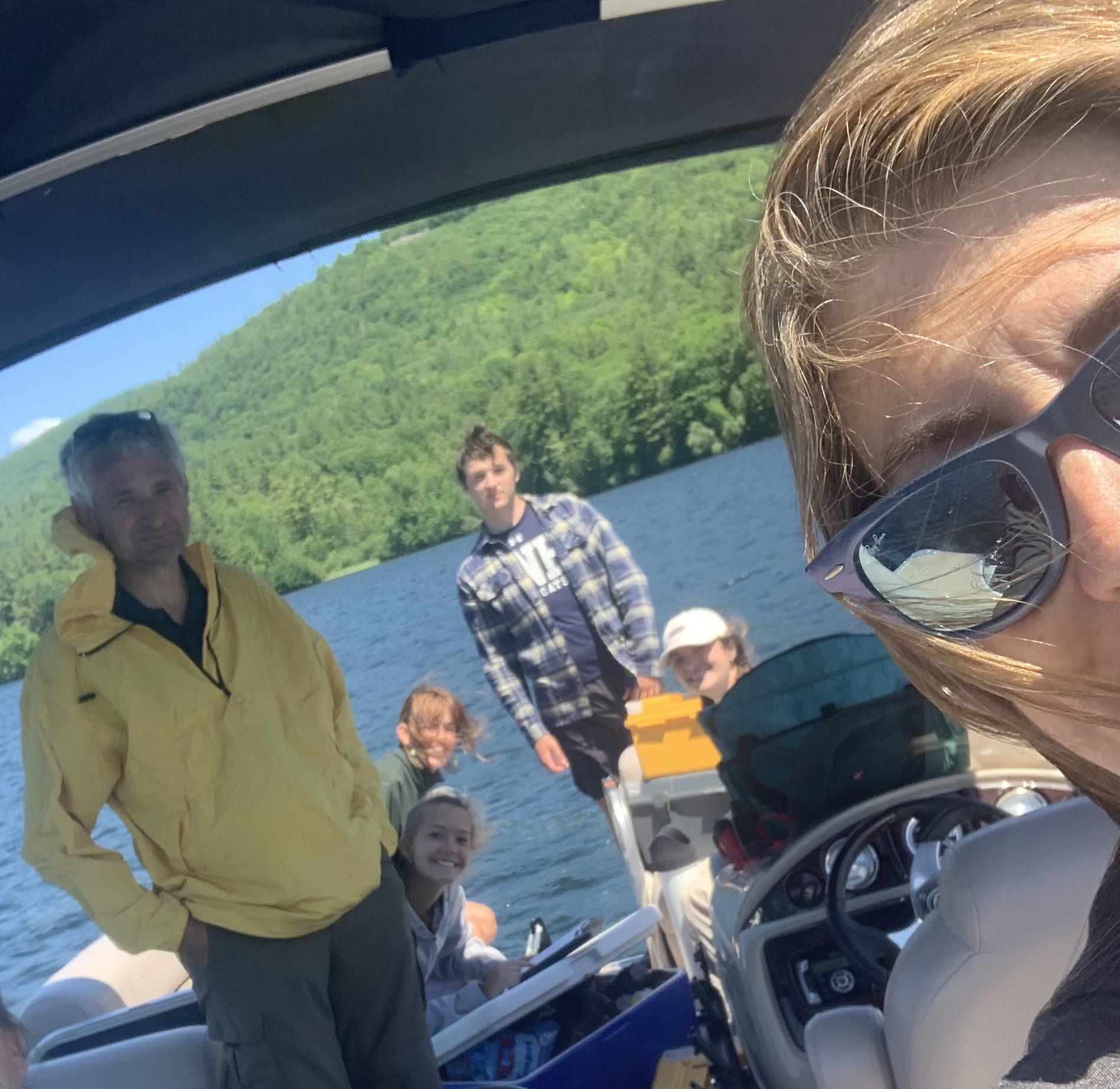

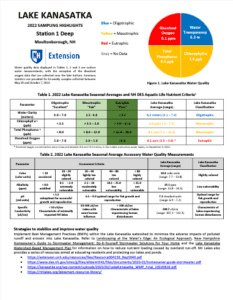 Lake Kanasatka
Lake Kanasatka